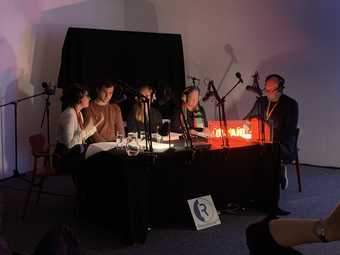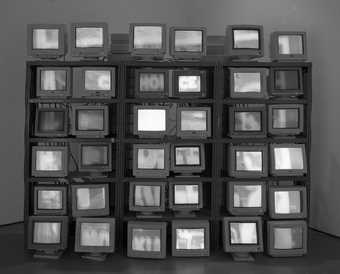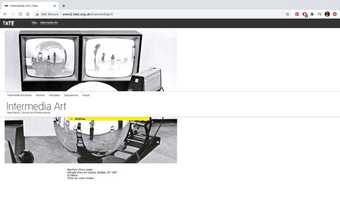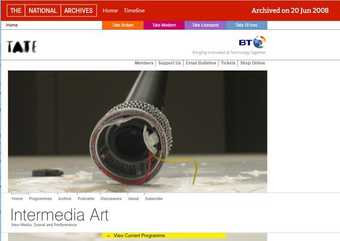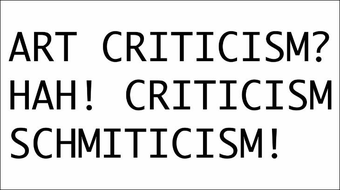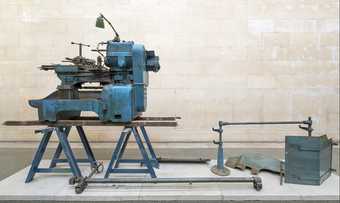In the year 2000, amid the fuss and tumult that accompanied the opening of Tate Modern, a small initiative was launched, with somewhat less ceremony: another new space for art. Tate Online, as it was then known, became home to the institution’s first forays into the field of net art – art made for and using the internet. Over the following eleven years, fifteen works of net art were commissioned by curators working within Tate’s National Programmes and Digital teams (and the latter’s precursors). Initiated at a time when a number of institutions were commissioning net art – including Iniva, Walker Art Center, Whitney Museum of American Art and Dia Art Foundation – Tate’s programme was intended to reach audiences beyond London, and to respond to state-endorsed directives to make art more accessible. As the works were commissioned, not bought, they did not become part of Tate’s collection, but were licensed for display on Tate’s website. Today, the pages that came to host these artworks – titled ‘Intermedia Art: New Media, Sound, and Performance’ – remain accessible from Tate’s servers (though isolated from Tate’s website).
The research we have undertaken has sought to explore the ‘lives’ of these commissions: how they came to be produced, the contexts and networks within which the commissioned artists were working, and the way they can be said to ‘live on’ today. Understanding artists’ attitudes towards the conservation and legacy of net art has been central to our work. Have they sought to preserve or adapt their artworks? Do they consider them as projects, which might be active for an allotted period of time, but need not culminate in the distinct, discrete objects that museums more often traffic in?
From our position working within Tate, we have sought to explore the museum’s role, past and present, in supporting and commissioning net artists and preserving their artworks. This history – of these artists, their artworks and their interactions with organisations – continues to be at risk of loss, as technologies become defunct, web domains expire and other records are lost in website upgrades and server migrations. In reassessing this institution’s belated, tentative engagement with net art, we have been prompted to ask what parts might be played by curators, conservators, registrars and archivists in the preservation of this history. How might the relationship between museum, artist and artwork function differently in the future? The texts in this collection document the work we have undertaken to preserve, to archive and to reconstitute and elaborate the record of what took place. They seek to contextualise and to celebrate the commissioned artworks and the artists who made them. They gesture forwards too, to the future lives of these artworks and to the ways in which a collection might be reshaped under their influence. Finally, they register doubts about these futures, both those of the artists who have generously given us their time and their thoughts, and our own.
In the first of the texts, ‘“Dusty Navigational Pathways”: Net Art in the Museum’, Lucy Bayley delves into the history of the fifteen commissioned net artworks. Through an analysis of the anti-institutional leanings of early net artists, and their search for alternatives to large cultural infrastructures, Bayley reflects on what it means to now examine these practices from within a museum, and with tools drawn from art history. Her writing addresses ‘net art’s fluctuating visibility and invisibility both inside and outside of the institution’, and the challenges that surround the collection and historicisation of these works. In a paper published separately in Stedelijk Studies, ‘Seep Between the Mortar: Sociotechnical Imaginaries in Digital Media at Tate’, Bayley considers Tate’s digital media strategies between the mid-1990s and 2013, and considers what persisted and what failed.
Together with Time-based Media Conservators Patricia Falcão and Christopher King, Bayley has also co-written texts (forthcoming) profiling the fifteen commissions, drawing on interviews conducted with each of the artists. These texts describe the artworks and how they were experienced, situating them within the artists’ practices and tracing their reception through the work of critics, curators, artists and academics. Falcão and King have also contributed technical descriptions, documenting the technologies employed by the artists and their current condition.
Essential for our continued access to many of these commissions, as well as a rich trove of information about them, is the Intermedia Art microsite. Sarah Haylett’s research takes the microsite as a crucial archival record, and one at risk of further loss as web technologies fall out of use (and Tate’s web servers migrate). In ‘Contextualising the Intermedia Art Microsite 2008–12’, Haylett narrates the story of how the microsite came to be and describes how it functions today, framing this within the wider evolution of Tate Online. In her second text, ‘Websites as Records: Archiving the Intermedia Art Microsite’, Haylett provides an overview of web archiving, detailing the process and tools that she, alongside Falcão and King, used to archive the Intermedia Art webpages.
Our research has resulted in proposals for changes to museum practices. Stephen Huyton, in his ‘Creating Collection Management System Locations for Digital Artwork Components’, discusses how Tate’s collection management system has been adapted to better document the display of digital artworks, as well as the movement and storage of their components. His second essay, ‘Reflections on Commissioning and Licensing’, details the mechanisms by which these examples of net art were produced and displayed on Tate’s website. In doing so, he is prompted to reflect on why commissioning and licensing might be considered useful alternatives (and not just for digital artworks) to Tate’s preference for holding title to works in its collection.
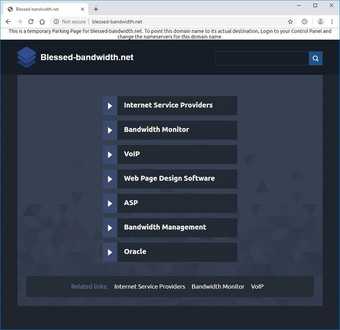
Marina Valle Noronha
In a similarly speculative mode, independent curator and former Brooks Fellow Marina Valle Noronha uses ‘(Net) FOREVER Art :)’, her report on the Lives of Net Art events held in April 2019, to consider what artists, curators and conservators might be able to learn from an embrace of net art’s impermanence.
These texts mark a waypoint on Tate’s own journey in developing the capacity to display and care for net art. As much as they are a culmination of our research, they also form beginnings for work that continues within the institution. We hope that these texts allow you to discover, or discover again, these artworks and the artists who made them. They serve both as a reminder of what we are at risk of losing and as a proposal for how we might save and build upon this moment of programming. Finally, we hope that they project the outline of an art museum reshaped by the challenges and opportunities posed when net art is brought in from its edges.

